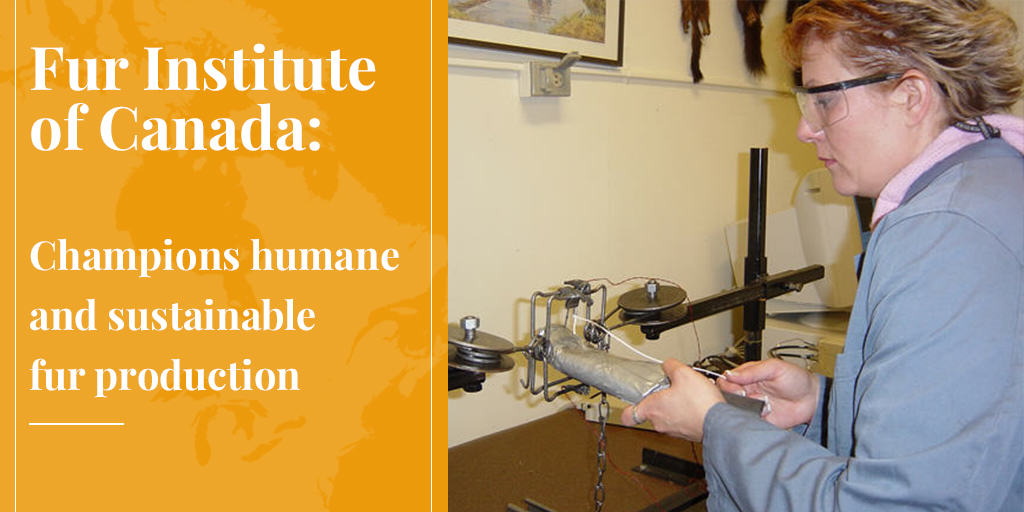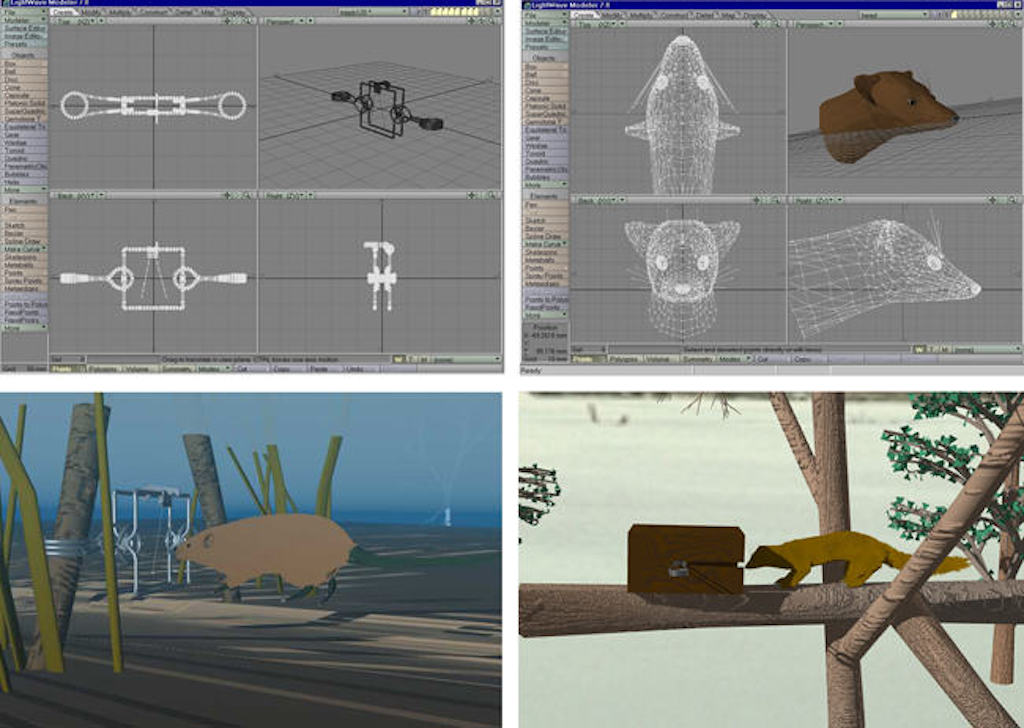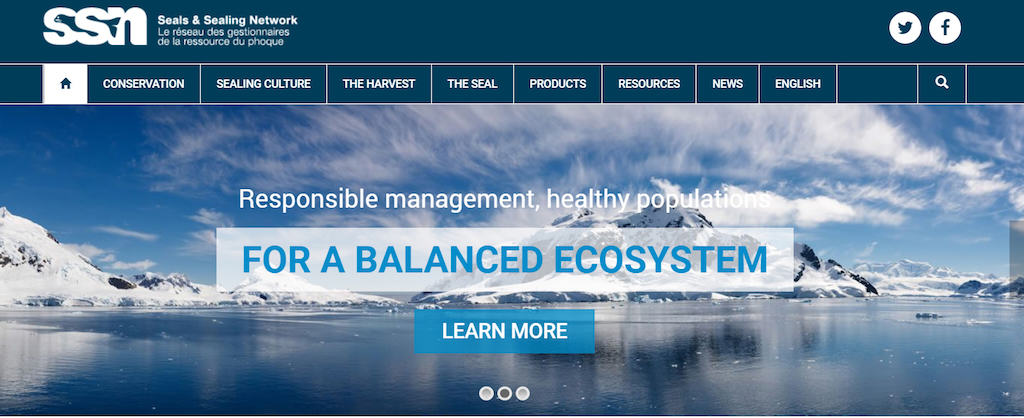
Okanagan Valley, British Columbia, is a unique experience for visitors with its high desert environment, vast orchards and lush vineyards. It also provides a fertile backdrop for talks about Canada’s abundant wild furbearers and the production of humane and sustainable fur.
The Fur Institute of Canada chose Kelowna, on the shore of Okanagan Lake, for its 2018 Annual General Meeting this past June 4-9. This was my fourth AGM, following the ones in Saskatoon, Saskatchewan; Yellowknife in the Northwest Territories; and Montreal. The local representation is always impressive, the people are always interesting, and year over year, the growth and changes in the organization are great to see.
This meeting also provided a great opportunity to take in the diverse ecosystems of the BC interior, unlike most any in the world. Kelowna catches you by surprise with its “bowl like” feel of being surrounded by hills in an arid, desert-like setting. The cab driver on the ride from the airport said it had only rained once or twice in the past month.
Having largely grown up in the Ottawa area, seeing new areas of Canada is one of the pleasures of these meetings, and other members of the FIC feel the same. Experiencing west coast hospitality in Kelowna was eye-opening and fun. Outstanding was a social evening at Kelowna’s Indigenous World Winery featuring local wines and creative and delicious dishes of seal and various locally harvested wild species.

What Is the Fur Institute of Canada?
The FIC is a not-for-profit organization established in 1983 on the recommendation of government wildlife agencies to bring together the many organizations which form the Canadian fur industry. It is the country’s leader on humane trap research and furbearer conservation, and is the official trap-testing agency for the federal and provincial/territorial governments. The FIC manages Canada’s humane trap research and testing program through InnoTech Alberta, the research centre which provides compound and field testing of traps, computer modelling and other important scientific services. All testing is done in accordance with the Agreement on International Humane Trapping Standards (AIHTS).
While the climate of Kelowna may be dry, the discussions had during the FIC AGM were anything but. The conversation is directed by the FIC’s operational committees covering the key Canadian fur trade issues – trap research and development, sealing, and communications – with members from coast to coast to coast. The AGM provides the most important opportunity of the year for people representing all facets of the trade to meet and discuss the work from the previous year and plan for the future.
Trap Research and Development Committee

The AGM began with the Trap Research and Development Committee (TRDC). The FIC has been coordinating Canada’s world-leading trap R&D program since it was founded 35 years ago. During that time, $58 million has been invested in this program, with funding from the Canadian government, the International Fur Federation, provincial governments, trappers’ associations and others. This work provided the scientific basis for the AIHTS, as well as being responsible for many changes in provincial and territorial trapping regulations, greatly improving animal welfare across Canada and in many other countries.
Pierre Canac-Marquis, Trap Research Coordinator for the TRDC, presented highlights of trap research over the last year and to be continued in 2018-19, with the approval of the Canadian Wildlife Directors Committee. This research is focusing on two main studies: development and implementation of a new AIHTS testing and rating protocol applicable to leghold-trap certification that would eliminate use of live animals; and a comprehensive study on the functioning and effect of killing neck snares from a field perspective and a veterinarian pathology perspective.
To date, over 200 models of trap have been tested and certified in accordance with AIHTS standards, with virtually all testing having been conducted in Canada. The certified trap list is regularly updated, with five updates in the last year alone, the most recent being on July 1.
“TRDC work at the AGM generated fantastic interest from all participants!” Pierre said after the meeting.
SEE ALSO: Neal Jotham: A life dedicated to humane trapping.
Presentations were also made by veterinary pathologist and TRDC member Dr. Rudi Mueller, and by Dr. Brian Eaton, team leader of the Ecosystem Management Section of Innotech Alberta.
Sealing Committee

The Sealing Committee this year was chaired by Corenna Nuyalia, Nunavut’s senior advisor for fishing, sealing and fur programs. Corenna stressed the importance of “domestic marketing that includes public outreach and education with a holistic approach that includes all stakeholders of the sealing industry in Canada to promote seal and seal products.”
The Sealing Committee discussed and worked on various projects to make this happen. Keep an eye out for the many projects to come on the Committee’s website, Seals & Sealing Network.
Communications Committee
The Communications Committee this year was chaired by Jim Gibb from Ontario, a trapper, certified trapping instructor, former board member of Fur Harvesters Auction, and now a blogger with Truth About Fur. “When you host a face-to-face meeting like this, the networking and discussions that happen in the corridors and over dinner can be just as important as the official meetings themselves, if not more so,” said Jim. “It has always been a powerful tool for the FIC to have key members of the industry together in the room discussing ongoing work and issues.”
The Communications Committee was busy this past year, with highlights including new membership tools on the FIC website, and collaboration with the industry to communicate the benefits and assurances of wild fur to retailers. The Committee also prepared and distributed important print materials, like our economic brochure #Canadian Fur, Dollars and Cents, and an updated version of our information booklet Furbearers of Canada, both of which are now ready for distribution to our membership. The Committee has also developed a media training program which will be used to prepare spokespeople in different regions of the country.
At this year’s meeting, the Committee elected a new chair, but he’s a very familiar face in our industry. Mike O’Brien, recently retired from the Department of Natural Resources in Nova Scotia, plans to continue building on the Committee’s achievements, to improve public understanding of the sustainable use of North America’s furbearers.
New Board Chair

Meanwhile outgoing Communications Committee chair Jim Gibb was elected as the new chair of the FIC’s Board of Directors, succeeding Dion Dakins of Carino Processing who stays on as a Board member. Jim explained that his priority will be to develop and implement a plan for succession for the organization. By working with the committees and members, he hopes to engage with younger people to have a new generation ready to work with the FIC, strengthening the organization for the future.
“I look forward to working with all members and committees on the important work they are all doing for the betterment of sustainable use in Canada,” Jim said. “The Fur Institute of Canada has many projects ongoing and I hope to tap into what is a vast knowledge base of our membership, wonderful people whether they’re from urban centres or the many rural and coastal communities that continue to be directly committed to the cultural and economic benefits of this wonderful industry. We have many challenges, but together I am confident that we can accomplish great things moving forward.”

In all, the AGM was successful as the members worked to set up a great game-plan for the coming year. The FIC is the only organization in Canada that brings all facets of the fur industry together and we must utilize that to protect and improve the entire trade. We must continue to improve the trap research program, to develop the media training program and deliver it to our members, and to engage with our trapping associations and members from across the country to build a strong succession for the FIC. This will provide a strong knowledge base and a mandate for years to come.











The balance of Nature is being well maintained by Biologists, Trappers/hunters/fishers & in the culling mechanisms the work being done to make trapping even more humane is an awesome relief to trappers who don’t find good marketability with fur that was not killed humanely. Good stuff. Certainly a better cul then starvation, winter kill, pestilence & territorial infighting associated with overpopulation.